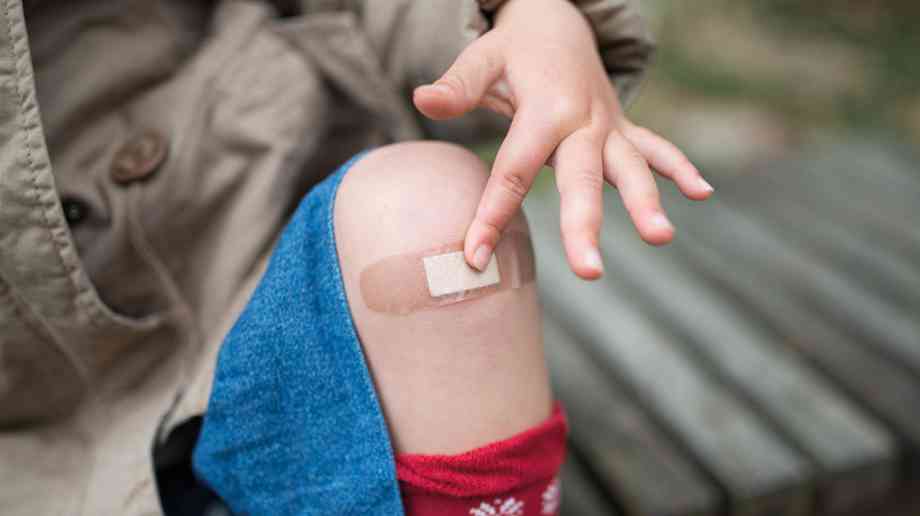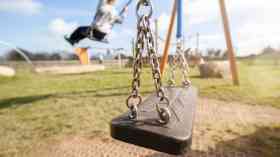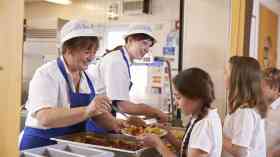
Getting pupils through the day unharmed
As well as having robust health and safety procedures and policies, schools should teach children about risk, safety and health so they have the skills to keep themselves and others safe
Generally speaking, schools are safe places for children of all ages, so the focus of safety and risk education is to prepare children and young people for the world outside of school, now and in the future.
Therefore it goes without saying that having robust health and safety procedures in schools is a must to ensure children survive the day unharmed. School leaders must evaluate and decide where to focus any available budgets, what physical standards are acceptable, what training is appropriate and how the students will be educated on safety.
While there are minimum legal standards and commensurate penalties for schools that get it completely wrong, the purpose of schools is education, so teaching children about risk, safety, health and welfare is a critical factor in delivering effective life education.
It is important for the school to help pupils become more “risk aware” as opposed to “risk averse” and equip the citizens of tomorrow with the skills and knowledge they need to keep themselves and others safe.
WHY TEACH SAFETY TO PUPILS?
This is a question that arises again and again, as many people believe a child’s survival skills are learnt through experience. But is that enough? Not really when you consider that accidents are the main cause of death and disability for children in the UK and around 10,000 children are permanently disabled each year by accidental injuries.
The RoSPA principle of ‘as safe as necessary, not as safe as possible’ is underpinned by those commonly-used but sometimes misunderstood terms including hazard, risk, probability, and preventability. Anyone attending a health and safety training course or reading guidance material will routinely hear the words used and often engage in debate on their meaning and applicability.
For this reason RoSPA has produced the Little Book of Big Ideas (available at www.rospa.com), which is designed as a ready-reckoner, a quick recap or a step into new topics. Teaching staff and non‑safety specialists/practitioners can use its content to dispel health and safety myths.
ACCIDENTS CAN BE PREVENTED
Risk is part of life but accidents do not need to be, and contrary to popular discourse, accidents can be prevented. But to achieve this we must educate children, and their parents, to protect themselves as well as implement measures to keep them safe.
While parents and experience will be the main sources of safety education, it is important that schools also play a part.
That’s why here at RoSPA we advocate ‘teaching safely, teaching safety’. In saying that, we still need children to go out there and enjoy life, but to do so in a way that they manage risks and do not fall foul of an unnecessary, life-changing accident.
Accidents still happen in schools, and unfortunately tragedies do occasionally occur. Due to the huge variety of learning activities and the number of children in schools, maintaining safety is a constant challenge. Well-managed schools are really safe environments but children can still be injured rushing between classrooms, at break time, in the playground, or while taking part in physical activities to keep fit.
Basic standards for schools are clearly published on the gov.uk website but standards must be maintained and circumstances assessed for suitability when things change.
We must do everything we can to ensure children do not suffer life-changing injuries. But children still need an element of risk in their lives, to gain essential risk-awareness skills that will see them into later life.
Operationally, a systematic approach to managing safety risks helps avoid costly accidents, disruption, losses and damage to the school’s morale and reputation.
A SAFETY POLICY
The main elements of a school’s health and safety policy should include a statement of intent, setting out the general aims of the policy, and details of communication and lines of responsibility – think about who is going to do what, make sure everyone understands their responsibilities and devise a communications strategy that shows that safety is a priority.
The policy should include details of how it will be implemented, including any necessary training as well arrangements for how the policy is to be monitored and reviewed.
Further information is available from www.rospa.com. It will take time before a review can be made into an effective health and safety plan, and it is important that any lessons learned are fed back into future improvement plans and policies.
Guidance released in 2010 by the Department for Education and Skills recommends taking a positive approach, so that rather than focusing on what not to do, the teacher encourages pupils to recognise what they already do in life to keep themselves safe, and to extend this to less familiar places and situations.
A careful assessment of what language is being used to describe such concepts should also be undertaken -–“risky” does not have the same meaning as “dangerous”, yet research shows primary school children equate the two, while teenagers associate risk with anti-authoritarian behaviour.
Finally, the guidance states that an active approach should be taken, with group work, role play and problem solving to help engage with pupils’ everyday behaviour. Centres such as Safeside, based at the West Midlands Fire Service headquarters in Birmingham, where pupils can explore staged street scenes, homes and shops to look for hazards, can make for useful and informative field trips.
Some schemes are mobile and can visit schools. We encourage schools to try one of these schemes.
Further Information:Latest News
04/11/2025 - 09:55
The policy introduces the new Chief Regulator’s Rebuke - a new tool which can be used when an awarding organisation is found to have breached rules, but not in a way that warrants a financial penalty.
03/11/2025 - 10:04
The government has launched a new campaign supported by Sport England that aims to help parents discover simple ways to build movement into daily life during the winter months.
03/11/2025 - 09:55
Nearly eight in ten UK teachers have had to rethink how they set assignments because of Artificial Intelligence (AI), according to a new British Council survey.
31/10/2025 - 10:12
A growing number of UK children are now eligible for Free School Meals (FSM), yet most still aren’t taking advantage of them on a daily basis, new research reveals.
30/10/2025 - 01:28
In the wake of the Raac crisis, the DfE spent £5 million on research into the condition of school buildings, which is due to conclude in spring 2026.







